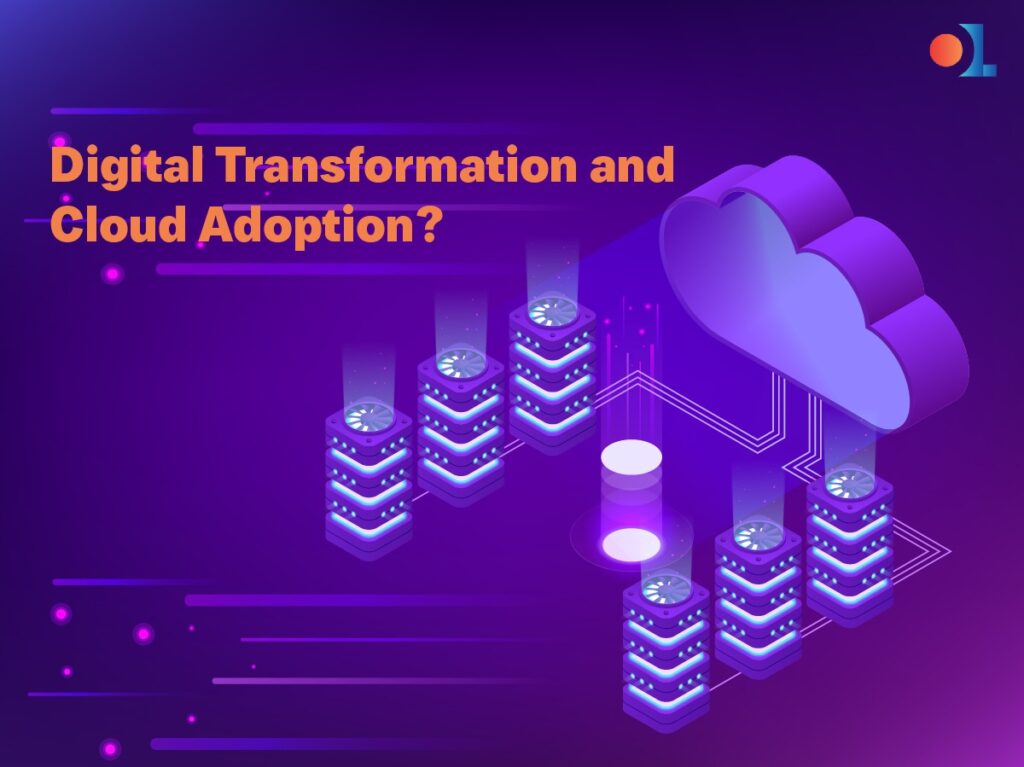Digital transformation in technology-driven, agile and continually changing business sphere is a futuristic factor of innovation, optimized operations and gaining a competitive edge. Digitalization of businesses is regarded as a crucial thing which should be employed. Hence the companies utilize digital solutions to maintain their status and at the same time the rapid changing demand of the customers. Fundamentally, it is a transformational process when onboarding into the world of clouds, which are today’s basic components of digital strategies. Despite the complexity of such technologies, prognostics and remote diagnostics of virtual systems can give exhaustive information on the process behavior / operating conditions and performance indicators in several clicks.
1. The Digital Transformation Journey
◈Flexibility through quick change.
◈A flexible scale.
◈ The skill to remain relevant in a world of lightning-fast market changes.
2. Cloud-based Infrastructures
3. The Function of Observability
◈ By positioning itself as a major alternative to conventional monitoring techniques incapable of dealing with numerous, complex systems both on and offline simultaneously, observability offers the best approach that system administrators can rely on. How far back observability follows the past operation and present schedule allows for collections that will be revisited is also an essential element when it comes to networking.
◈ Organizations that plan to tackle the few problems in advance can cut down the downtime duration and make those service failures less likely. This capability gives companies the benefit of responding to real-time activities and adapting to upcoming digital ecosystems by setting trends or being resilient, resulting in gaining a competitive edge in tight and chaotic environments.
4. Observability in Action
◈ With the help of intelligent observability tools and platforms, organizations benefit from the most comprehensive insight into their IT environment, allowing them to respond immediately to any problems and predict and prevent potential issues.
◈ Apart from that, the proactive engagement and thorough monitoring of infrastructure help discover issues and mitigate downtime before they negatively affect user experience becoming a vital component of digital success in the era of rapid application adoption.
5. Implementing Observability for Digital Success
◈ Implementing digital success through observability necessitates a strategic approach that addresses technical and organizational concerns. Scalability, which refers to the ability of organizations to grow and extend their digital infrastructures as they expand, is another crucial aspect that needs to be considered throughout the lifecycle.
◈ Scalable observability solutions can cater to these requirements, as they are supposed to cope with growing volumes and complexity of the data, retaining visibility and control of the infrastructure, which is becoming more extensive. These integrations will allow organizations to amalgamate essential data from different sources into a hub where management can assess, respond, and make effective moves.
◈ Today’s information technology environment produces many data variants, including logs and metrics, traces, and events. Observability platforms that work well address the task by identifying and extracting dissimilar information from multiple sources, which augments our understanding of system operations and performance. In opting for observability tools and platforms, the organization needs to put forward enduring features, namely, flexibility and extensibility, to ensure that future technological innovations are not ignored and that changing business requirements is taken care of.


